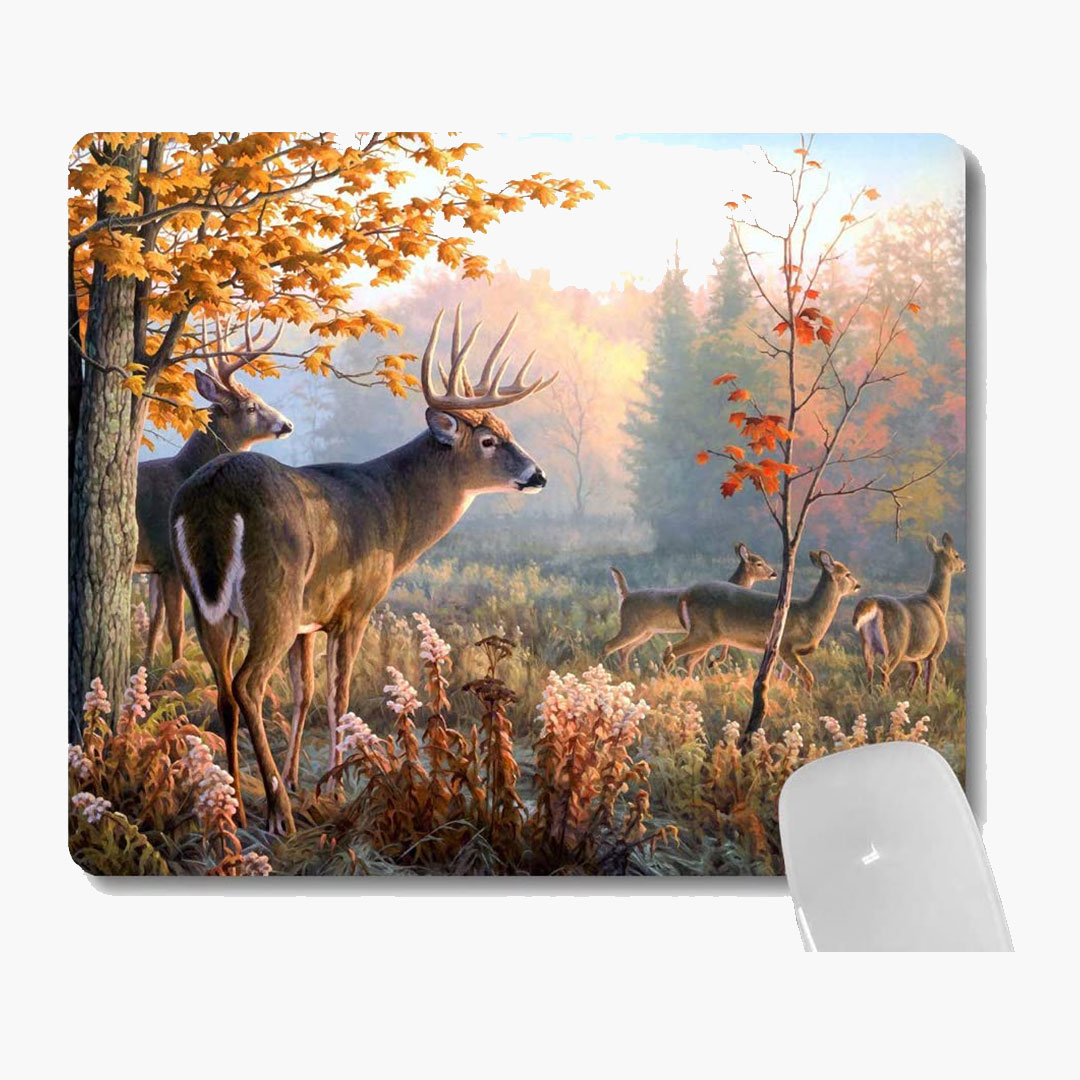Marketing & Advertising, Print
Is Print Still Relevant In Today’s Digital World?
In today’s digital world, Print marketing is advertising or promotional material printed on a physical medium, such as paper, cardboard, or fabric. It includes flyers, brochures, postcards, posters, banners, and billboards. Print marketing has been a popular form of advertising for many years. It continues to be effective because it allows businesses to reach their target audience in a tangible and visually engaging way. Print materials can design to be eye-catching and memorable and can distribute through various channels. such as direct mail, handouts, or display in public spaces.
Print marketing can be particularly effective when combined with other marketing strategies, such as digital marketing or event marketing. By using a mix of print and digital marketing, businesses can reach their audience through multiple channels and reinforce their message across different media.
PRINT MARKETING MATERIALS:
Print marketing materials are physical materials that businesses use to promote their products, services, or brand. These materials can distribute through channels like direct mail, in-store displays, or events.
Some examples of print marketing materials include:
- BROCHURES: A brochure is a folded pamphlet that provides information about a product or service. It typically includes images and text explaining a product or service’s features, benefits, and pricing.
- FLYERS: A flyer is a single-sheet handout that provides information about an event, promotion, or special offer. Flyers are often used to promote sales or discounts at a business.
- POSTCARDS: A postcard is a card that features an image on one side and space for a message and address on the other. Postcards can promote a business, announce a new product, or invite people to an event.
- CATALOGS: A catalog is a booklet that showcases a company’s products or services. Catalogs typically include images, descriptions, and pricing information for each item.
- BUSINESS CARDS: Business cards are small. Cards that feature a person’s name, job title, and contact information. They often use to exchange information with potential clients or customers.
- BANNERS AND SIGNS: Banners and signs are large–scale print marketing materials often used to promote a business or event. They can hang inside or outside a company or at a location where an event occurs.
These are a few print marketing materials businesses can use to promote their brand and reach their target audience.
“IS PRINT STILL RELEVANT IN TODAY’S DIGITAL WORLD?”
Many businesses need clarification on whether print marketing is still relevant in today’s increasingly digital world. With the rise of digital marketing channels, such as social media, email marketing, and search engine optimization. It’s easy to assume that print marketing needs to be updated. However, despite the prevalence of digital marketing. Print marketing remains a relevant and effective way for businesses to promote their products, services, and brand.
One advantage of print marketing is that it can be tactile and visually engaging. Print materials, such as brochures, flyers, and direct mail campaigns. It can be designed to be aesthetically pleasing and memorable, using high-quality images and typography. Print materials can also customize with different textures, finishes, and paper stocks to create a unique experience for the viewer. These visual. And tactile elements can make materials more impactful and memorable than digital ads, which can easily ignore or forgotten.
Print marketing can also be targeted to specific demographics. A business can distribute flyers or brochures in a particular geographic area to reach a local audience. Direct mail campaigns can target specific households or mailing lists based on age, income, or interests. By targeting print materials to particular demographics, businesses can increase the effectiveness of their marketing campaigns and reach the right audience with the right message.
Advantage Of Print Marketing
Another advantage of print marketing is that it can be a way to stand out in a world where digital marketing is ubiquitous. By using print materials, businesses can differentiate themselves from their competitors and create a unique brand experience for their customers. Print materials can create a cohesive brand identity, using consistent colors, fonts, and messaging across different marketing channels. This consistency can help to build brand recognition and increase customer loyalty. Print marketing can also use with digital marketing to create a more effective strategy. A business could use print materials to promote an event or offer and then use digital marketing to follow up with customers and track engagement. By combining print and digital marketing, businesses can reach their target audience in various ways and create a more comprehensive marketing strategy.
While digital marketing has grown in popularity recently, print marketing remains a relevant and effective way for businesses to promote their products, services, and brand. Print marketing has several advantages over digital marketing, including its tactile and visually engaging nature and its ability to create a unique brand experience for customers. By using print marketing in conjunction with digital marketing, businesses can create a comprehensive and effective marketing strategy that reaches their target audience in various ways.
HOW ARE PRINT MARKETING IDEAS USED IN TODAY’S DIGITAL WORLD?
In today’s digital world, businesses can still use print marketing to complement their digital marketing efforts. Here are some print marketing ideas that are commonly used today:
PERSONALIZED DIRECT MAIL CAMPAIGNS:
with the help of data analytics and targeting, businesses can personalize their direct mail campaigns and ensure they reach the right audience. Personalized direct mail can include tailored messages, promotional offers, and customized graphics to make the materials more engaging.
QR CODES:
QR codes can be added to printed materials, such as brochures, flyers, and business cards, to provide customers with quick access to digital content. For example, a QR code on a business card can lead customers to the company’s website or social media pages.
BRANDED MERCHANDISE:
Branded merchandise, such as t-shirts, hats, and bags, can promote a business and build brand awareness. It can also serve as a form of advertising, as customers can wear or use the merchandise in public, which can help generate buzz and attract new customers. They can be used as event giveaways, part of customer loyalty programs, or merchandise.
INTERACTIVE PRINT ADS:
Interactive print ads use augmented reality or other technology to make printed materials more engaging. A print ad can include a QR code that, when scanned, leads customers to an interactive experience with 3D graphics or video content.
PRINT PUBLICATION:
Print publications, such as magazines and newspapers, can advertise products and services. Advertisements in print publications can target specific audiences and help build brand awareness. While the rise of digital media has led to a decline in print publications, many people still prefer to read physical copies of their favorite magazines and newspapers.
PACKAGING AND LABELS:
Printed packaging and labels can use to promote products and services. A product label can include a QR code that leads customers to the company’s website, social media pages, or a product video.
BUSINESS CARDS:
Business cards are essential for networking and building relationships in the business world. While digital business cards are becoming increasingly popular, traditional printed business cards remain relevant. They are tangible and can quickly pass on at networking events, meetings, and conferences. A well-designed business card can help businesses make a solid first impression and stand out.
DIRECT MAIL:
Direct mail campaigns are still valuable for reaching potential customers. With the help of data analytics and targeting. Businesses can personalize their direct mail campaigns and ensure they get the right audience. Direct mail can include promotional offers, coupons, or other incentives to encourage customers to purchase or visit a store. While digital marketing channels may provide more immediate results, direct mail can be a powerful way to engage customers and build brand loyalty over time.
Print marketing can complement digital marketing efforts in many creative ways. By incorporating these print marketing ideas into their overall marketing strategy. Businesses can reach a wider audience and build brand awareness.
CONCLUSION:
Print marketing materials remain relevant in today’s digital world. While digital marketing channels offer businesses many opportunities to reach and engage with customers, print materials can provide a tangible and memorable way to promote products and services. Brochures and flyers, business cards, direct mail, branded merchandise, and print publications are just a few examples of the many print marketing materials that are still effective today. By incorporating these materials into their marketing strategies, businesses can reach a wider audience and build brand awareness.
FAQ(FREQUENTLY ASKED QUESTIONS):
- Is print marketing still effective?
- Yes, print marketing is still effective in today’s digital world. While digital marketing channels have become more prevalent in recent years, print marketing remains a valuable tool for businesses to reach and engage with customers.
- Why is print marketing still relevant?
- Print marketing is still relevant because it offers businesses a tangible and memorable way to promote products and services. Print materials can distribute at the event, in-store, and even by mail, providing companies with many opportunities to reach potential customers.
- Can print marketing integrates with digital marketing?
- Yes, print marketing can integrate with digital marketing. For example, businesses can include QR codes or URLs on their print materials that lead customers to their website or social media pages. This allows companies to track the effectiveness of their print materials and capture leads from their print marketing campaigns.
- What are some examples of effective print marketing materials?
- Some examples of effective print marketing materials include brochures, flyers, business cards, direct mail, branded merchandise, and print publications. These materials can promote products and services, build brand awareness, and engage with customers meaningfully.



